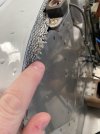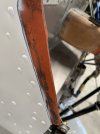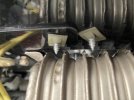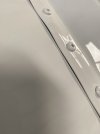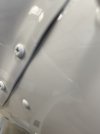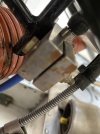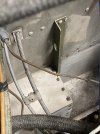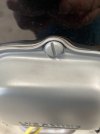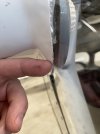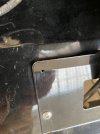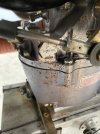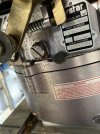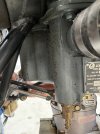Yes, what Magman sed. Get copies of Service manual, and Parts catalog for your airplane. Money well spent. Also need an up to date copy of the AC43.13.1&.2. Study them. Keep them handy. And learn from your A&P/IA. You will eventually get to a point in your aircraft ownership where you will tell the A&P that you have a mx issue, and he/she will tell you to fix it, and call them back to inspect, and sign off. And Yes that falls under the "supervision necessary..." part of the FARs. But, to make it work, you must know, and adhere to, your limitations with a wrench. And be prepared for some things your mechanic will not allow you to do period. But he may allow you to observe, and be quiet. Then next time, he may allow you to assist, then next time he may allow you to do most of it while he watches you like a hawk. Then next time, he may tell you to do it by yourself. All depending on past performance.
Over the years, I've managed to "prove myself" to my mechanic/inspector. I'm he allows me to do whatever mx task my airplane needs, then call him to inspect and sign off on it. There are things that I will not do, Or at least not without him watching me, simply because I've not done it before, and it's a safety of flight issue. And there are some things that as an A&P he's allowed to do, but would rather send it out to a repair station.

